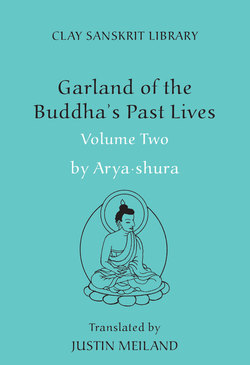Читать книгу Garland of the Buddha's Past Lives (Volume 2) - Aryashura - Страница 23
ОглавлениеThis association between animals and ascetics is a common motif in the “Garland of the Buddha’s Past Lives,” with various passages comparing the Bodhi·sattva in his animal rebirths to a renunciate yogi.15 The affinity between ascetics and animals is further accentuated by the fact that they possess a common antagonist: the human being living in ordinary society and, in particular, the king. Clashes between the forest and human society frequently occur in the narratives and are brought about in various ways, depending on how individual stories play on the dialectic between these two opposing, yet interacting, spheres. In “The Birth·Story of the Great Monkey’ (24), a man accidentally enters a remote area of the forest inhabited by the Bodhi·sattva after losing his way because of chasing a stray cow. Whereas in ‘The Birth-Story of the Goose’ (22), a king intentionally lures a flock of geese closer to the human realm in order to capture them. In the latter story, the motif of idyllic natural beauty takes on an added degree of complexity, as an artificial lake, said to rival the birds’ home in both appearance and resources, is built by humans as bait.16 Here human art, pregnant with connotations of deception and aggression, acts as a dangerous imitation of the natural world.
In other stories, kings come into contact with animals and ascetics through the beauty of the forest itself and the apt setting that this provides for kings to indulge in royal pleasures.17 Described as “playgrounds of Desire” (21.19 [7]), the same forest scenes that provide an idyllic environment for virtuous animals or ascetics in one context also provide sensual stimulation for licentious kings in another, an affinity particularly expressed by the resemblance be- ________
